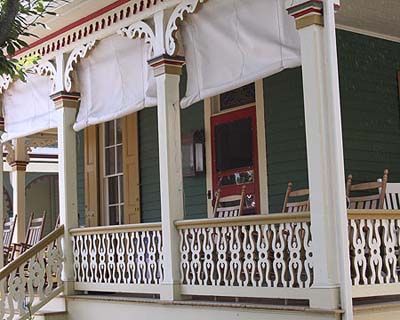Gingerbread trim, a hallmark of Victorian-era architecture, transformed simple frame cottages into charming, one-of-a-kind homes. But which gingerbread trim style is the right choice for your property? Here are a few different ways you can implement this design element into your home’s architecture.
What Makes Gingerbread Trim Special?
Victorian builders used “gingerbread trim” to elevate the appeal of simple frame cottages. This decorative woodwork includes fancifully cut and pierced frieze boards, scrolled brackets, sawn balusters, and braced arches. These elements work together to create unique, eye-catching facades that set each home apart from its neighbors. The application of gingerbread trim brings a sense of personality and charm to each residence.
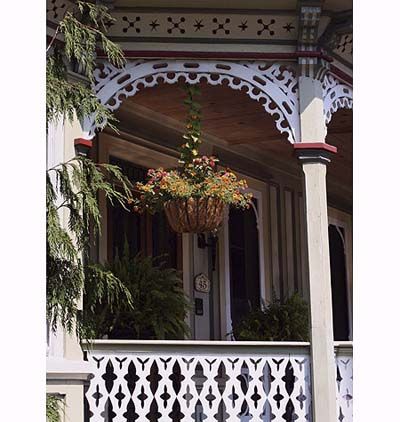
What Did the Initial Adaptations of Gingerbread Trim Look Like?
The initial adaptations for gingerbread trim were based on the masonry details of Europe’s Gothic Revival architecture. The first designs were relatively simple, featuring steeply pitched rooflines and decoratively carved gable trim. These early examples laid the foundation for the more elaborate designs that would follow in subsequent decades, evolving into intricate patterns that showcased the builders’ skills and artistic vision.
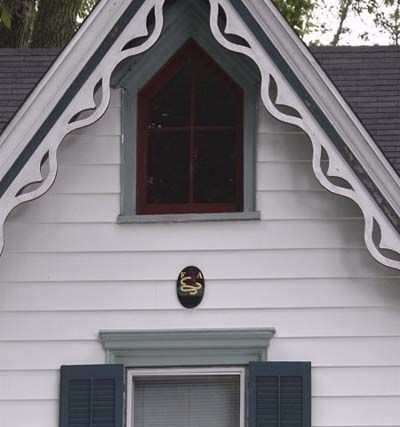
As the Victorian era progressed, homeowners and builders embraced a wider array of decorative elements. Popular early-Victorian exterior embellishments included vertical sawtooth siding, which added texture and visual interest to properties. “Stickwork” trim, reminiscent of exposed timber-frame construction, became a common feature. Board-and-batten shutters and pronounced pediments also gained popularity, contributing to the picturesque charm of these homes.
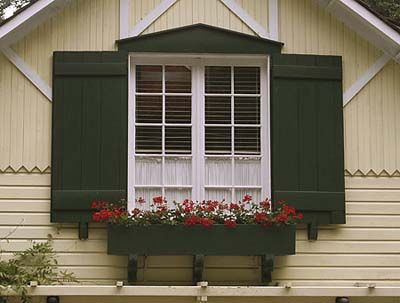
Scroll-Sawn Details
Victorian millworks embraced the scroll saw, using it to create a wide variety of decorative elements for gingerbread trim. Porches became showcases for this craftsmanship, featuring pierced frieze boards, heavy cornice brackets, and braced arches that demonstrated the skill and artistry of the era’s woodworkers. The widespread use of these elements not only enhanced individual homes but also elevated entire neighborhoods’ aesthetic appeal.
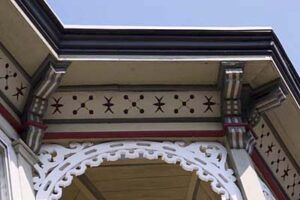
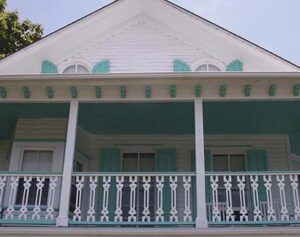
Dormer Details
Dormers became another canvas for gingerbread trim, allowing homeowners to add character to the upper levels of their homes. Scroll saws were used to shape graceful gable plaques and astral balcony balusters, turning functional roof projections into decorative focal points. These dormer details showed the versatility of gingerbread trim in adorning various architectural features.
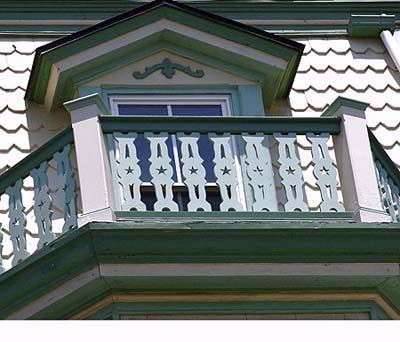
Gable Trim
Gothic Revival villas often featured steep-pitched roofs adorned with elaborate gable trim. A pinnacle, or ornamental vertical element, typically punctuated the apex of the roof. Beveled bargeboards, also known as vergeboards, ran along the edges of the gable, adding visual interest and protection from the elements. These decorative elements transformed the gable into a striking architectural feature.
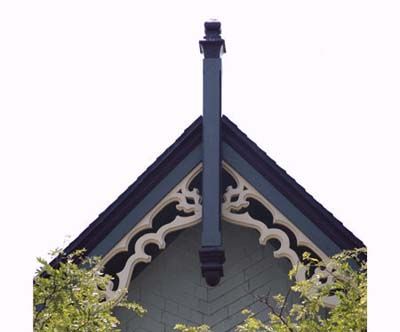
Gothic Revival villas often boasted multiple gables, each adorned with its own unique gingerbread trim. Pinnacles and scroll-cut cornice trim were common features, creating a harmonious yet varied roofline.
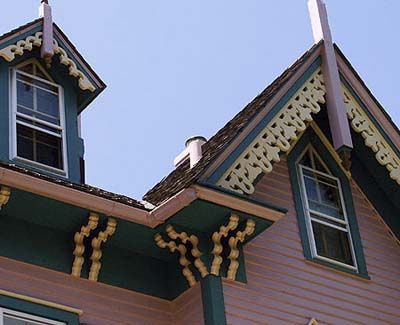
The More Intricacy, the Better
By the 1880s, gingerbread trim had reached new heights of elaboration and intricacy. Porches became key focal points, featuring scroll-sawn brackets and balusters that worked together with beveled posts to create decorative frames for floor-to-ceiling windows. This attention to detail extended the living space outward, blending interior and exterior elements while enhancing the home’s curb appeal. The transformation of porches into ornate entryways invited visitors to appreciate the home’s craftsmanship from the moment they arrived.
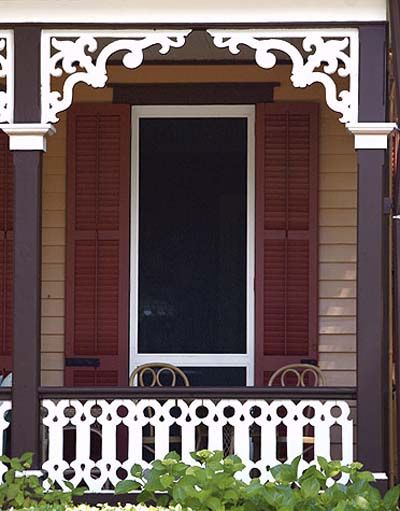
Cornice Trim
Cornice trim played a major role in defining the roofline of Victorian homes. In Italianate-style houses, snow-white cornice trim often contrasted beautifully with darker exterior colors, drawing the eye upward. This trim frequently complemented other decorative elements, such as cutwork bargeboards and tin window hoods, which were sometimes painted to resemble awning stripes.
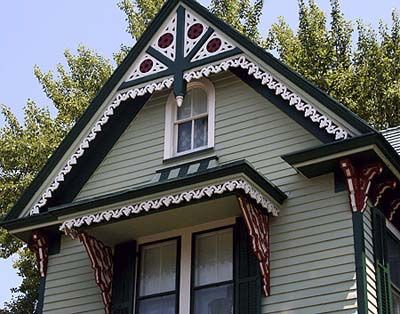
Pierced Wood
Some Victorian homes drew inspiration from European architectural styles, incorporating elements that evoked a sense of Old World charm. Dormers on these homes often featured a combination of pierced wood details, including pinnacles, bargeboards, cornice trim, and incised window panels. When executed with subtle colors and skillful carving, these elements could lend an authentic Bavarian flair to the home’s exterior.
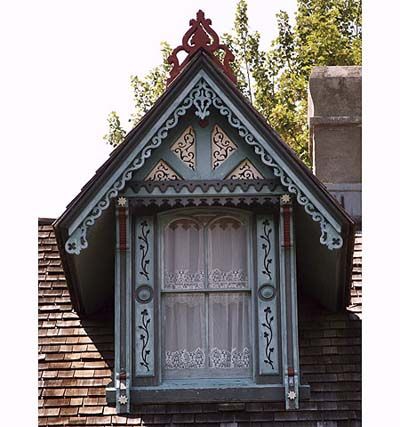
Second Empire Scrollwork
Second Empire-style homes, characterized by their distinctive mansard roofs, incorporated gingerbread trim in unique ways. Scroll-sawn spandrels often served as ornamental “valances” between lathe-turned porch posts, adding a layer of delicacy to the structure. Above, scroll-sawn cresting delineated the mansard roofline, a decorative touch more commonly seen in cast iron during the period. This combination of elements created a visually striking and historically rich exterior.
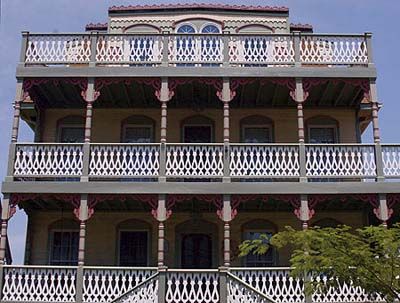
Puzzlelike Parts
Some Victorian homes embraced a playful, almost whimsical approach to gingerbread trim, incorporating a wide variety of scroll-sawn parts to create a truly unique exterior. These homes might feature pierced shell gable finials, fleurs-de-lys bargeboards, wave-motif porch-roof cresting, and lacy balustrades.
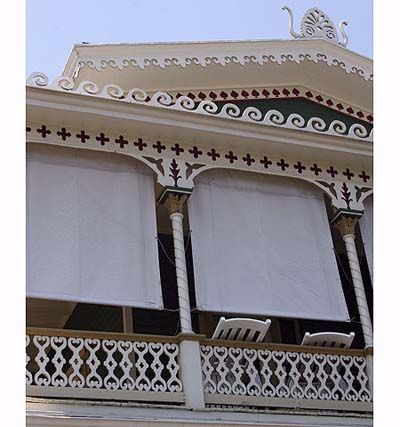
A Scroll-Sawn Tour de Force
Two-story verandas provided ample opportunity for Victorian homeowners to showcase a masterful combination of scroll-sawn details. These elaborate porches often featured cornice trim, pierced brackets, sawtooth arches, and shapely balustrades. Contrasting paint colors were frequently used to define and highlight these intricate elements, creating a visually striking exterior that demonstrated the full potential of gingerbread trim. Such verandas were more than just functional spaces—they were outdoor galleries of decorative art.
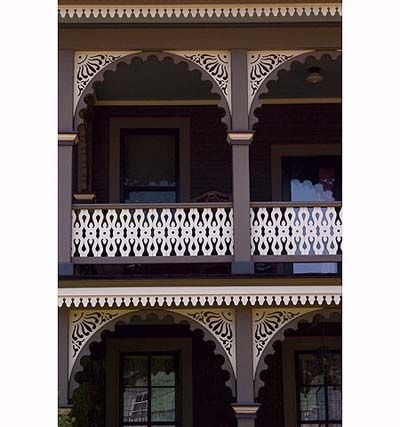
Modernization of Gingerbread Trim
By the turn of the 20th century, some Victorian homes had evolved into true showcases of gingerbread trim. White clapboard houses from this era might feature scrolled gable brackets, lattice windows, hooded oriel windows, and intricately carved and incised moldings.
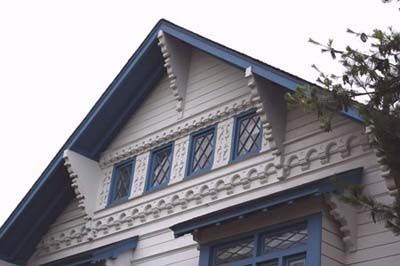
Gingerbread trim isn’t limited to flat, two-dimensional designs. Many Victorian homes incorporated textural elements to add depth and visual interest to their exteriors. Half-circle butts, often painted in contrasting colors, could contribute an extra layer of texture to shingled gables. These rounded shingles, combined with scroll-sawn ornaments, create a rich, multidimensional surface that catches the light in intriguing ways.
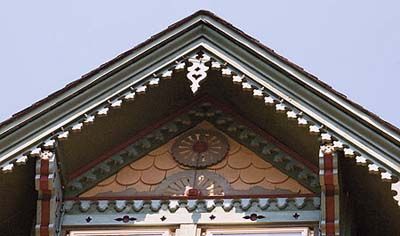
Some Victorian-era homes blended Eastern and Western architectural influences, creating unique hybrid styles. These eclectic designs might feature upturned projecting eaves reminiscent of pagodas combined with more traditional Western elements like half-timbering, scroll-sawn bargeboards, carved rosettes, scrolled brackets, and pendulum-like gable pendants. This fusion of styles resulted in one-of-a-kind homes that reflected the global influences of the late 19th century.
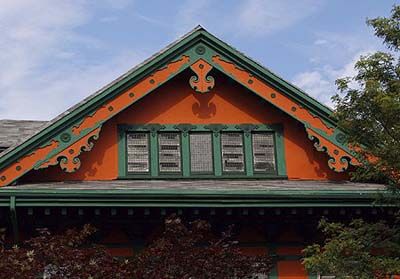
The ball and stick design also became popularized in the 1900s. This style combined beaded spindles with scroll-sawn cutouts to create intricate fretwork, often used in porch railings and decorative screens. It added a touch of whimsy and lightness to Victorian exteriors.
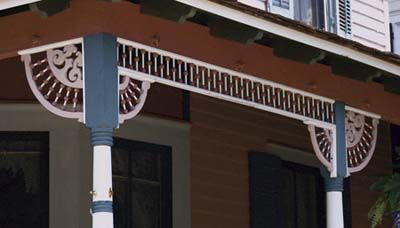
On The Roof
Gingerbread trim wasn’t confined to walls and porches. It also played a role in roof decoration. Decorative roofing materials, such as fish-scale shingles, were often used in conjunction with painted cornice trim to create visually striking roof lines. This attention to detail at the highest points of the home ensured that Victorian houses were ornate and eye-catching from every angle.
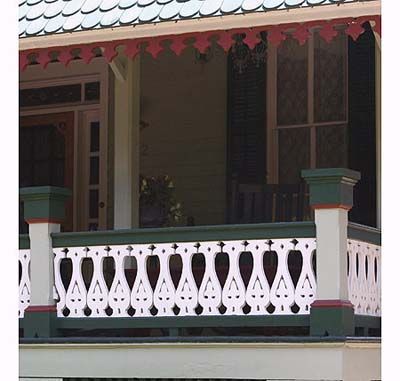
Paint Preserves History
Gingerbread trim stands as a testament to the creativity and craftsmanship of the Victorian era. These intricate wooden decorations transformed simple homes into works of art, each with its own unique character. While maintaining gingerbread trim can be challenging, the effort is worthwhile to preserve these beautiful examples of architectural history. The enduring appeal of gingerbread trim lies in its ability to bring a sense of whimsy, elegance, and historical significance to any home it graces.
